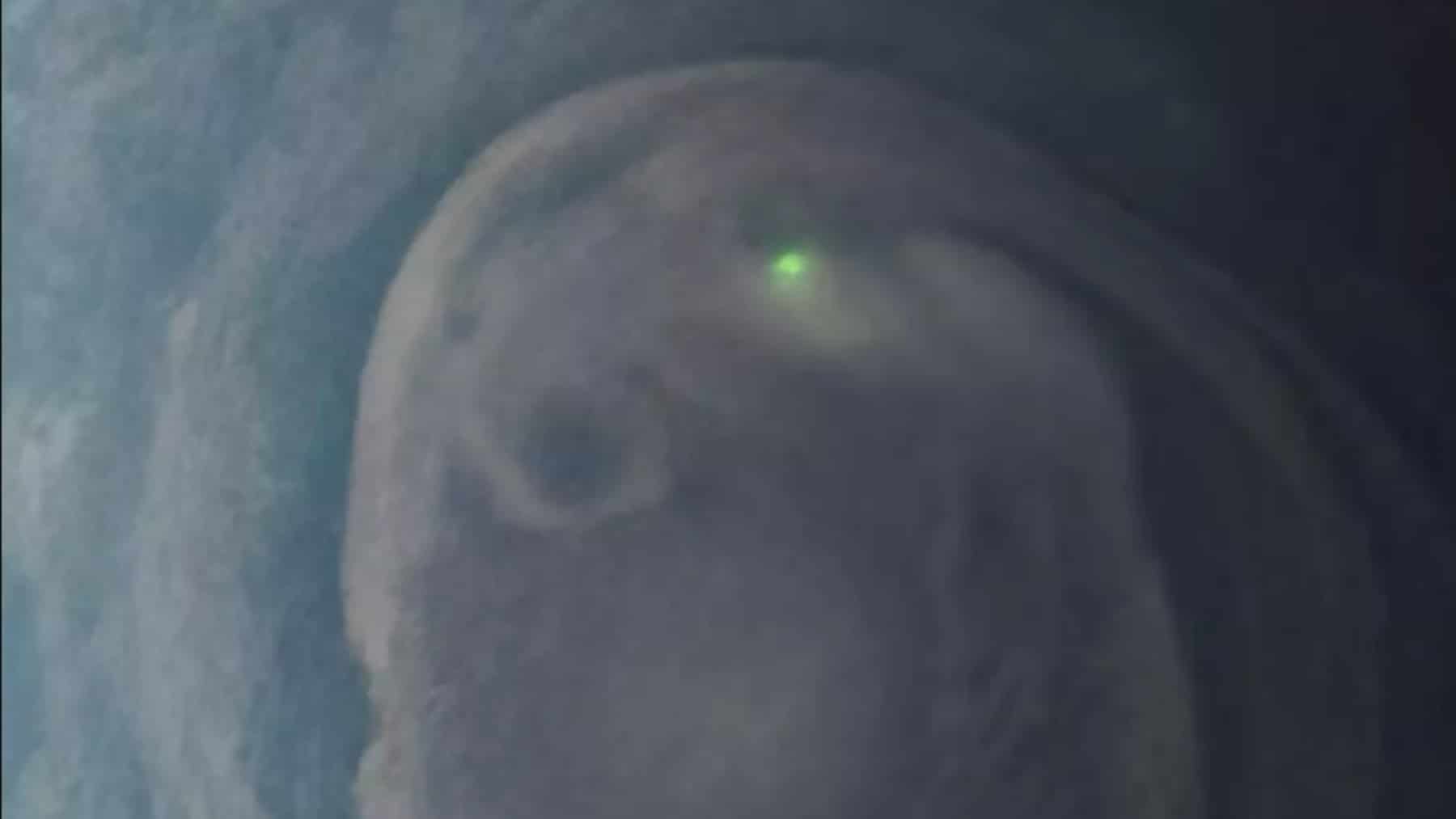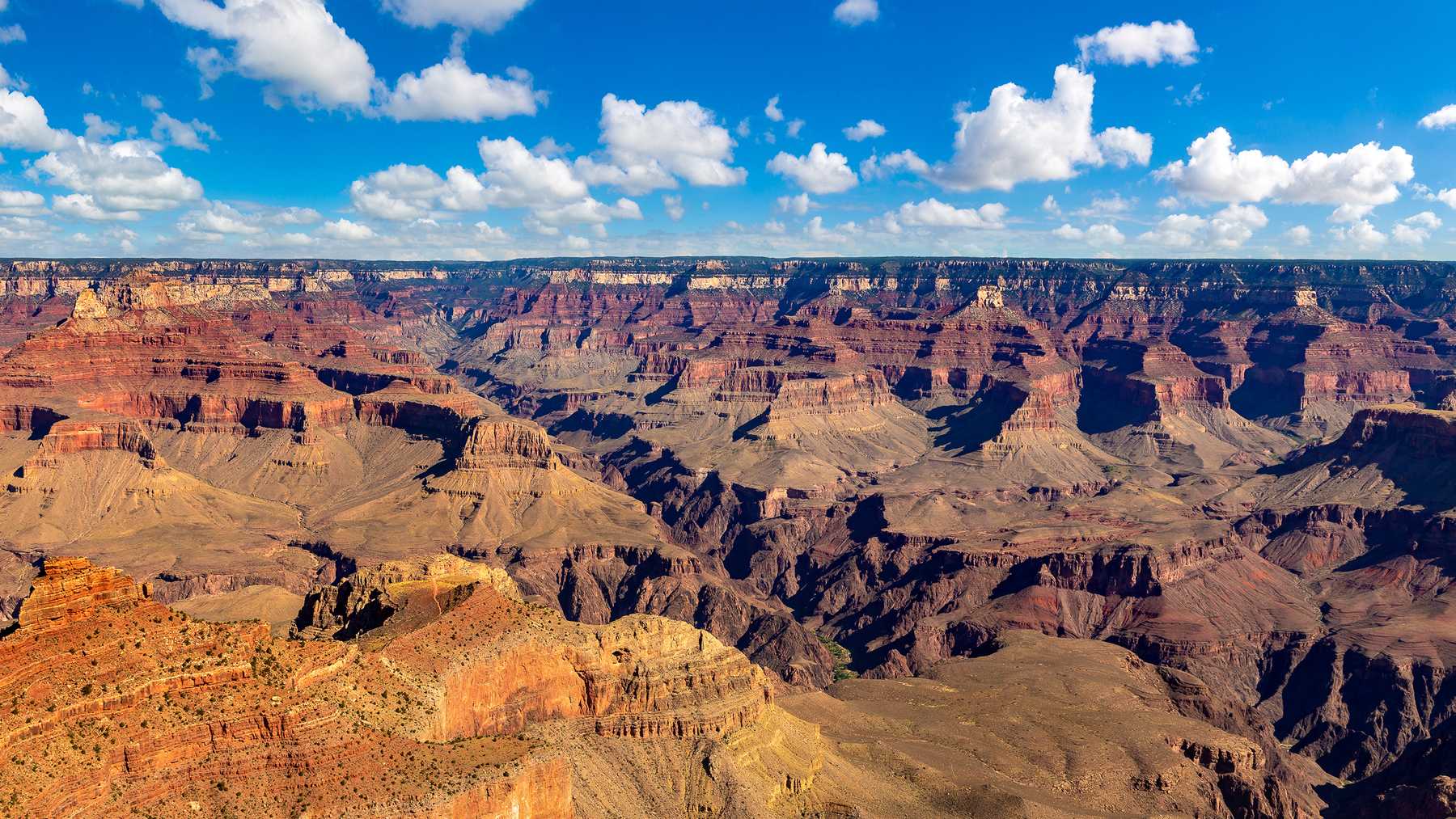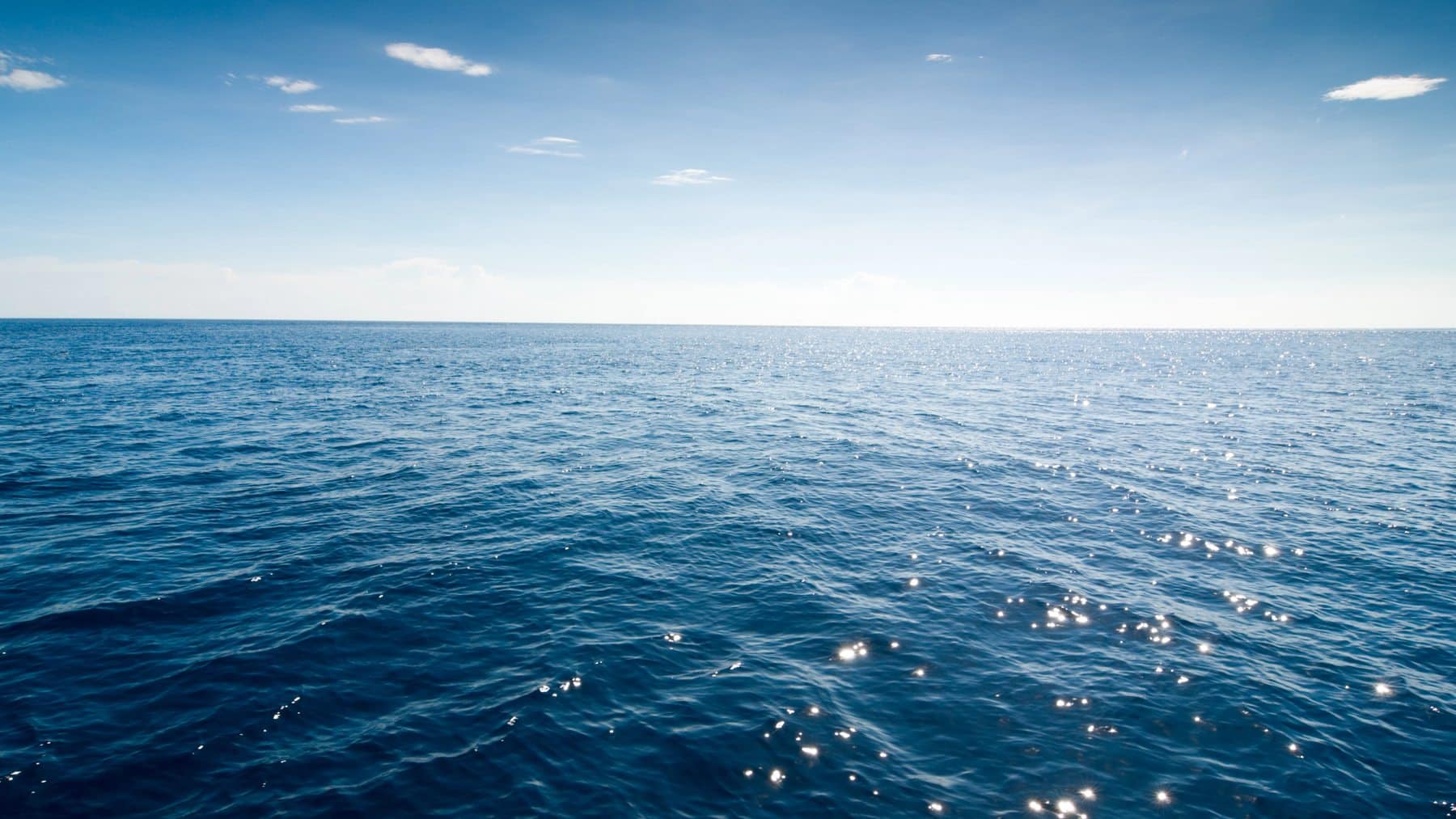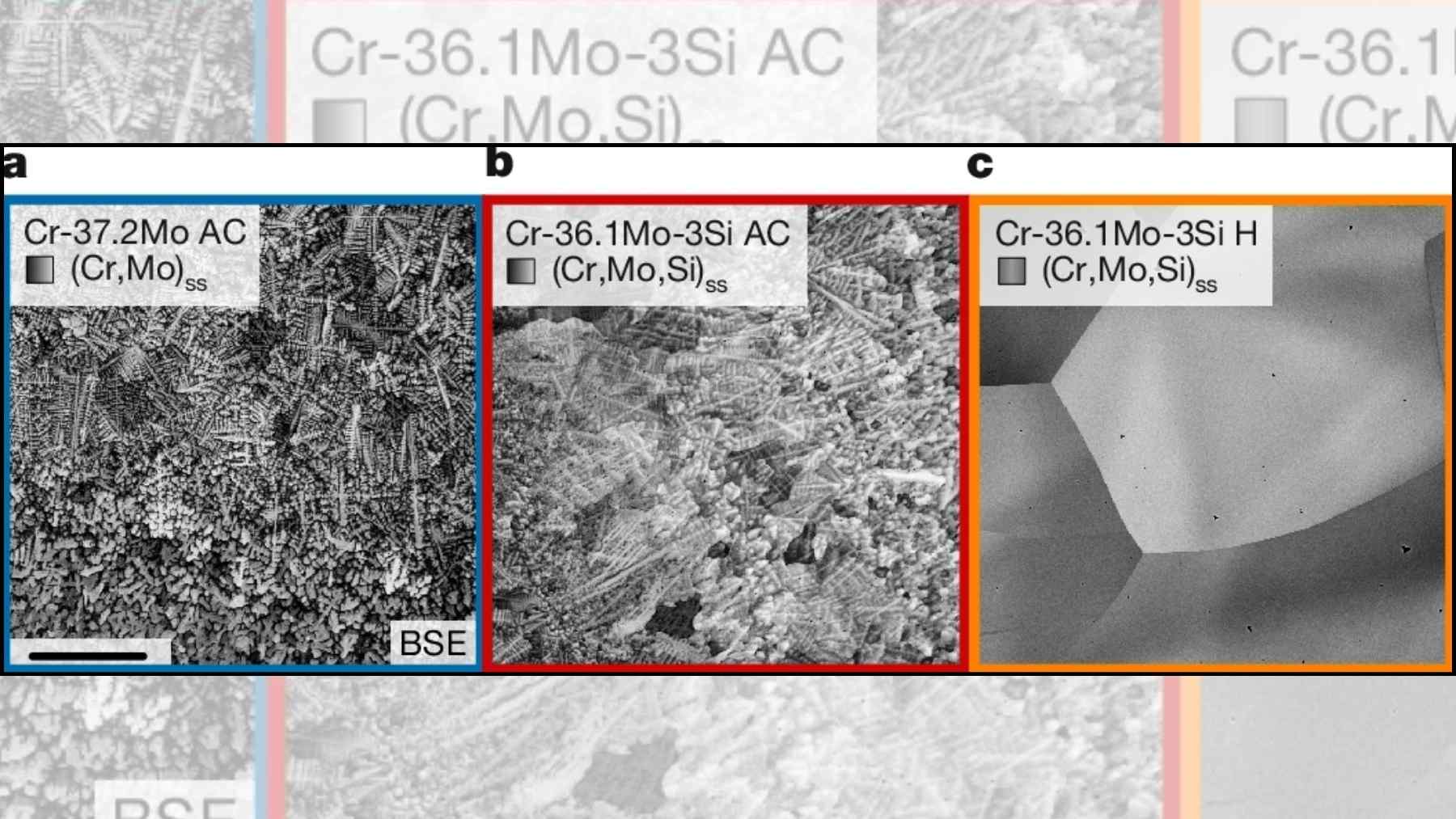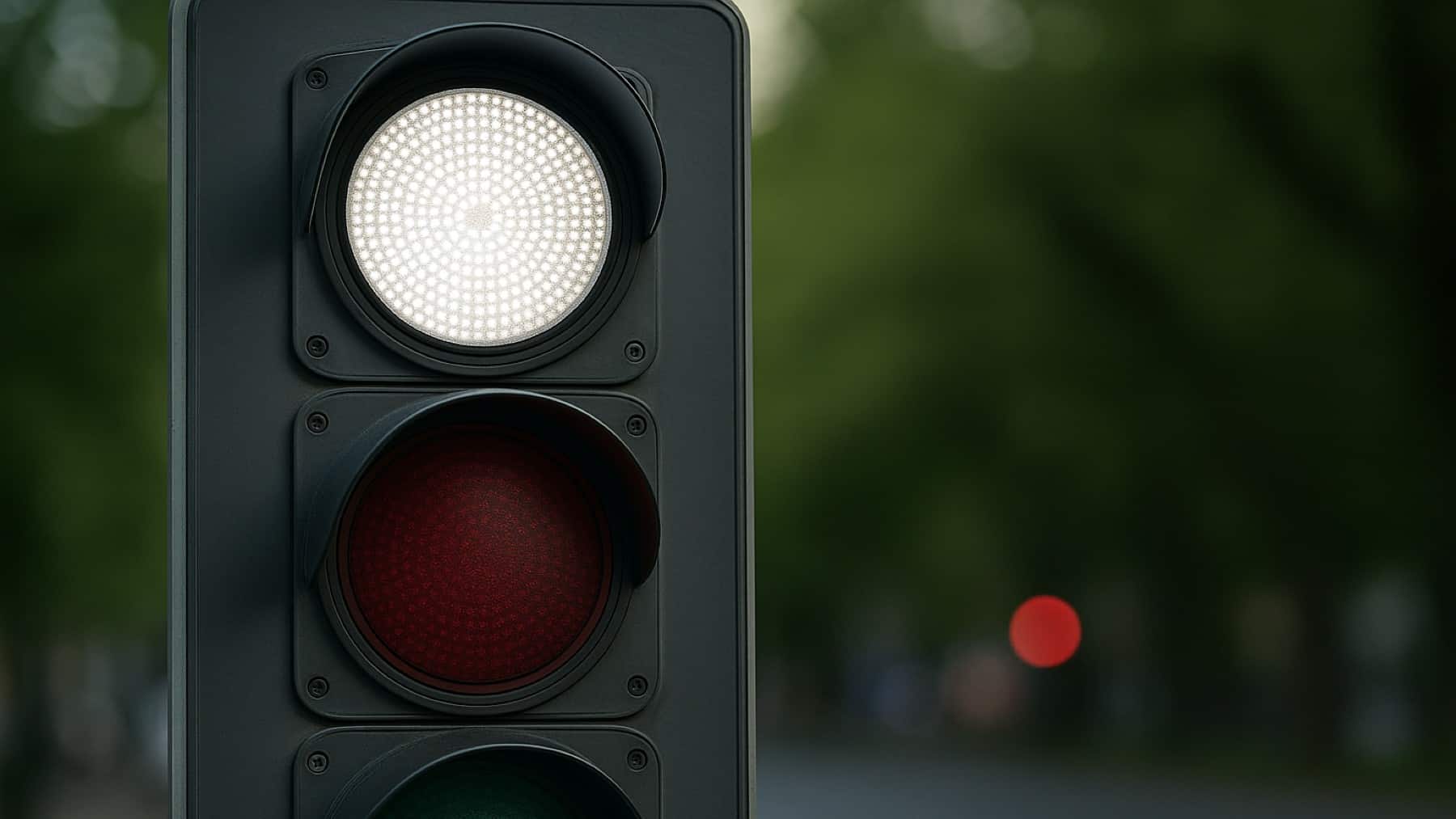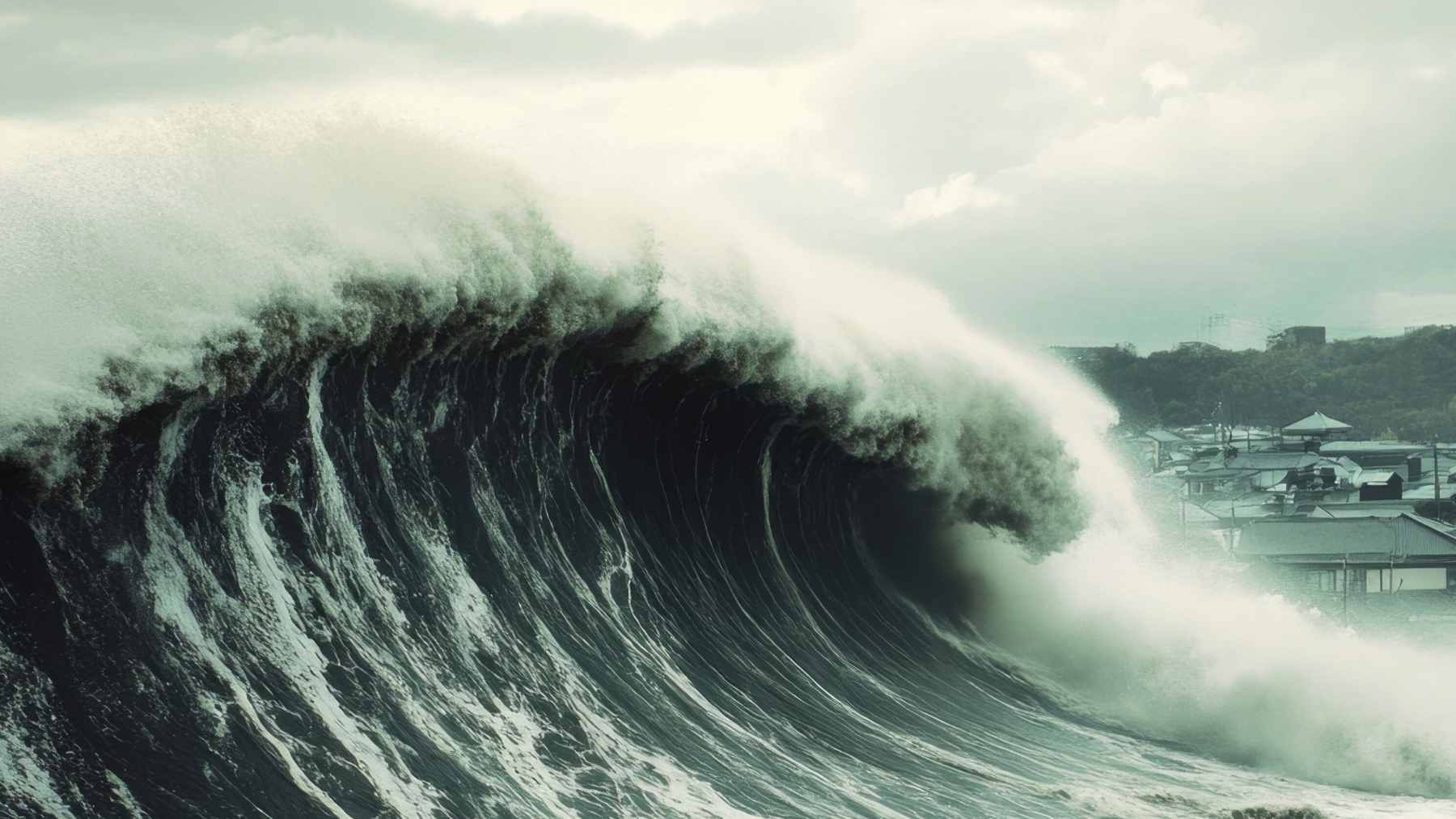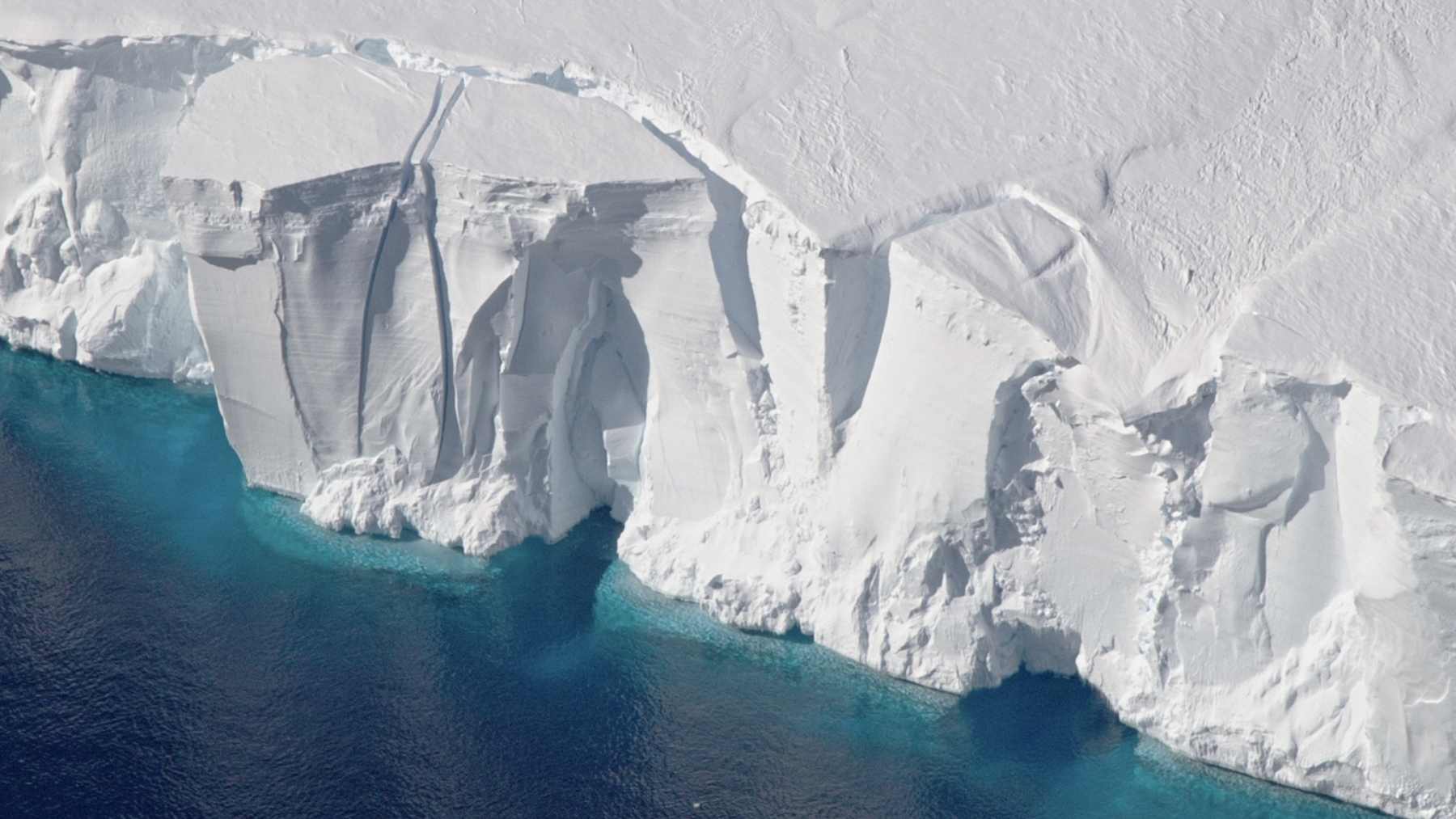If we told you that one of the planet’s greatest secrets – the power that sustains volcanoes – is hidden right beneath our feet, literally, would you believe it? For decades, scientists have been trying to understand how the Earth’s interior works, especially in regions that once erupted with enough force to alter entire continents. But now, thanks to a bold (and somewhat noisy) technique, they’ve managed to see, with unprecedented clarity, what lies just beneath the Earth’s crust in a volatile area.
We can’t dig this deep: So scientists used fake earthquakes to expose Earth’s molten secret
As if it weren’t hard enough to imagine a secret lurking beneath us, imagine having to investigate this “something” nearly four kilometers underground without being able to dig… How would you discover what’s down there? Well, science’s answer was simple: if we can’t see it, let’s hear it. And thus was born the experiment that created artificial mini-earthquakes in the heart of an unstable region of the U.S.
A 24-ton truck traveled through remote areas during the early morning hours, causing vibrations in the ground. From there, these waves, upon hitting the subterranean layers, returned to the surface and were captured by hundreds of sensors scattered throughout the area. With the data in hand, the researchers created a kind of “magnetic resonance image” of the subsurface. And that’s how something unusual appeared: about 3.8 kilometers underground, the waves began to move very differently; it was as if they were passing through a softer, more fluid, and more alive substance. It was a point where solid rock gave way to a dense mixture of magma, bubbles, and supercritical fluids.
Yellowstone isn’t asleep: Scientists found its breathing magma cap 4 km underground
And all of this happened right below the Yellowstone supervolcano. Yes, the same one that has already staged three gigantic eruptions in the last 2.1 million years. And this seismic anomaly marks the top of the active magma reservoir hidden beneath the Yellowstone caldera. This is because this upper layer, now dubbed the magma cap, acts as a natural lid, formed by a viscous sludge filled with gas bubbles, which prevents pressure from building up dangerously.
This lid isn’t completely sealed; it has small cracks and channels through which gases slowly escape. It’s as if Yellowstone has a built-in breathing system, releasing steam here and there without much fanfare. According to the study’s authors, this is a sign that the system is quiescent (unlike this other restless volcano in America), and that this constant release of gases helps prevent an explosive buildup of energy.
“What we’ve found is that this reservoir hasn’t shut down – it’s been sitting there for a couple of million years, but it’s still dynamic“, explains Earth scientist Brandon Schmandt.
Yellowstone’s quiet warning: Prepare for nothing or everything
So you might be wondering, “But if everything’s calm, why is this discovery so significant?” The answer is simple: because understanding how large magma reservoirs behave helps us predict when (or if) they might erupt. Until now, we knew there was magma beneath Yellowstone, but no one knew for sure where this reservoir began, how it was structured, or whether it was truly inactive. Now, for the first time, we have a clear view of its upper edge and know that the system is still dynamic, but not about to explode.
This discovery helps us understand how inactive volcanoes, which can harbor precious metals, work, and also guides studies in other active volcanic areas around the world. In other words, knowing whether there’s a porous “lid,” whether gases are escaping, or whether bubbles are accumulating helps us map the risk more accurately. It’s no wonder the US is on high alert for this 4,000-meter-high supervolcano.




